Recommended Reading: Books by Aotearoa/New Zealand authors
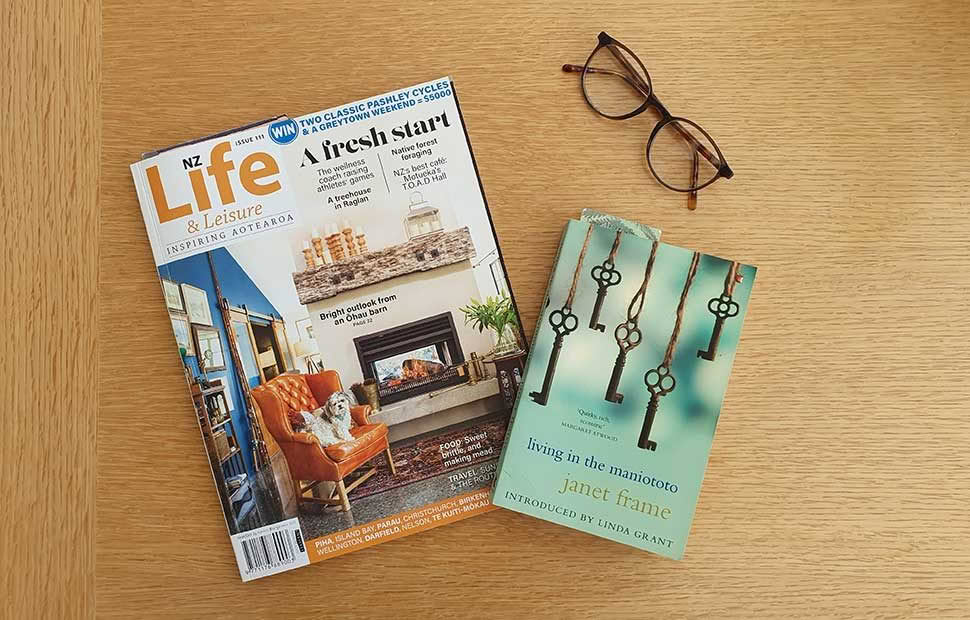
Resident bibliophile Meredith Hicks shares her thoughts on recently read novels penned within our own shores
Words and Images: Meredith Hicks
For a small country at the bottom of the world, Aotearoa/New Zealand has produced a surprising number of world-class authors. Among the lineup: Katherine Mansfield – whose work Virginia Woolf is famously quoted as saying is the only writing she was ever jealous of – Janet Frame, Keri Hulme, Witi Ihimaera and Eleanor Catton. This month we have a selection of New Zealand authors who you may or may not know, but who have written books worth reading.
Living in the Maniototo by Janet Frame, published 1979
“I decided to break the rules, not because I felt my writing would even approach the shadow of perfection, but because nothing in art is forbidden.”
I am embarrassed to admit this is the first piece of Ms Frame’s writing I’ve ever read, despite having visited her childhood home in Oamaru and reading about her. Narrated in first-person, this book is considered an experimental novel — and the first couple of chapters are obscure that I had to re-read sentences several times and still didn’t comprehend them. I persevered, however, and am glad I did as I ended up finding a book that was intriguing and full of clever writing.
It follows a woman, widowed twice, who finds herself based in the United States writing full-time. Through a friend, she is offered the opportunity to housesit for a couple who are fans of her first two books. They’re heading to Italy and while there are struck and killed by an earthquake. Having no living family they, somewhat bizarrely, have left their house and possessions to her. What proceeds to happen feels quite possible and yet quite surreal as the woman ends up entertaining two couples who’d been planning to stay with the original owners of the house.
Ms Frame’s writing is peppered with astute observations, clever metaphors and memories of childhood that feel like they could be her own. She shows a love of words, playing with them, savouring them, as if rolling them around on her tongue like a hard-boiled lolly. She intersperses thoughts about New Zealand, with mention of the Maniototo, and she inserts fragments of poetry all via the writer in the novel.
I can see this book not appealing to everyone and yet I think it is worth trying out to see what you make of it. At the very least it has made me curious to read more of Ms Frame’s work and see what else she produced.
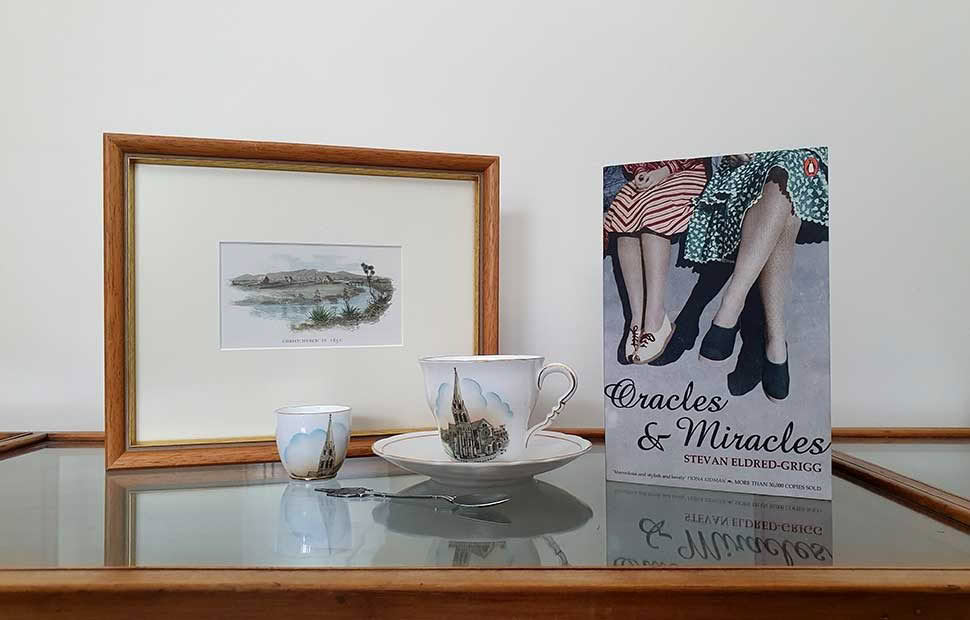
Oracles and Miracles by Steven Eldred-Griggm, published 1987
“We dressed up in our navy-blue school gym frocks and walked up to town through a beautiful warm evening, the air sort of velvety and sparkling with neon and electricity.”
Historical fiction is one of my favourite genres so when I find a book set in the city I have lived in for many years it ticks all the boxes. I first read this over twenty-five years ago when I didn’t know the city and each re-read has offered something new to me.
Based around twin sisters Ginnie and Fag, born into poverty in Christchurch in 1929, it is full of character and human experience and despite writing from the viewpoint of two female protagonists Mr Eldred-Grigg pulls it off perfectly. It follows their childhood through to young adulthood and their experiences and relationships as they grow. Peppered with locations in Christchurch – including ones I’ve lived in and been part of – it felt personal in some ways. It is a story full of grit. The characters are resilient and tell their story boldly, without asking for sympathy, and it succeeds in feeling real. Interspersed throughout the narrative are inserts from “The Historian” where Eldred-Grigg’s knowledge comes to the fore and he provides background to the story. This contributed to feeding my imagination about these characters having walked streets I’ve walked myself.
I have discovered three more books follow this one, which I have sitting on my shelf waiting to be read. Whether you’re from Christchurch or not, this novel is a worthy read about a time in New Zealand history that remains in living memory for some people.
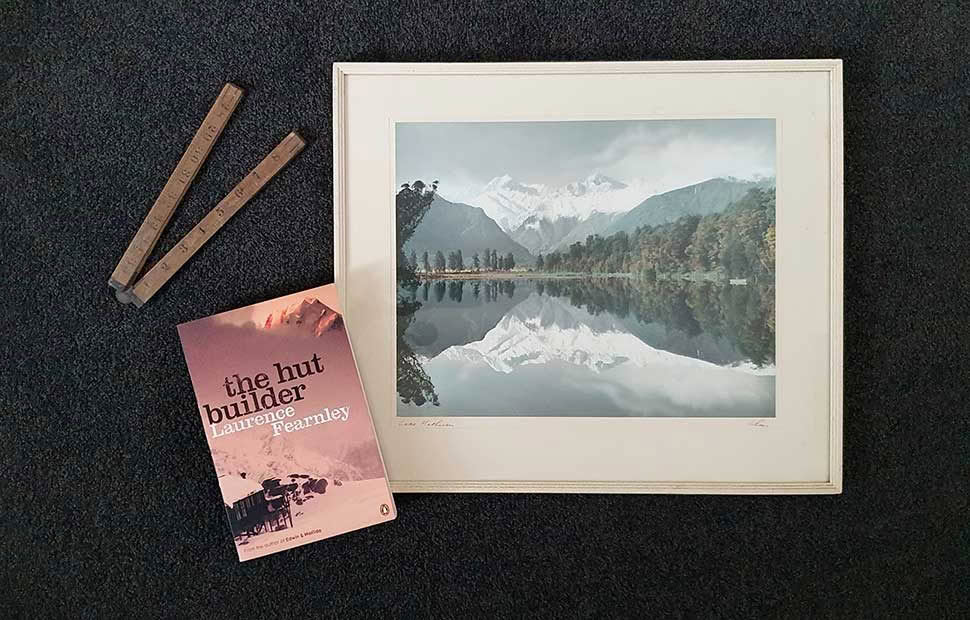
The Hut Builder by Laurence Fearnley, published 2010
“In the face of such strength, I was aware of being human. I was no match for the storm, but I could weather it.”
Ms Fearnley is a writer I have read and enjoyed, and I’m not sure is recognised as readily as she should be. With the picture of Aoraki/Mt Cook on the cover and the blurb on the back promising a story of adventure in the beautiful landscape of Aotearoa, I was hoping to find this book equally enjoyable as her others.
It is a simple story about an ordinary character, Boden Black, who trains as a butcher in his father’s shop in Fairlie. It starts in his childhood and he talks of a trip to Burke’s Pass as a child. This is a day when he is faced with the expansive view across the MacKenzie Basin to the Alps that becomes a memory burned into his soul and has him chasing the feeling of that landscape for the rest of his life.
He finds himself as a young man assisting with the building of a hut near Mt Cook and during this time is offered the opportunity to climb the mount with none other than Sir Edmund Hillary. The story is layered with life experience, the effects of grief and war and the challenges families faced in the depths of 20th-century New Zealand. Ms Fearnley’s writing is poetic with perfect evocations of the landscape in this part of the country and peppered throughout are connections to significant events in NZ history with significant characters woven seamlessly in. She manages to capture the time and the feeling of small-town New Zealand well.
If landscape writing appeals then this novel manages to incorporate this while being NZ-based historical fiction with a story about everyday people and the overlay of challenges normal life brings. I was captivated by it and I am pleased to say has been my favourite book of hers so far.
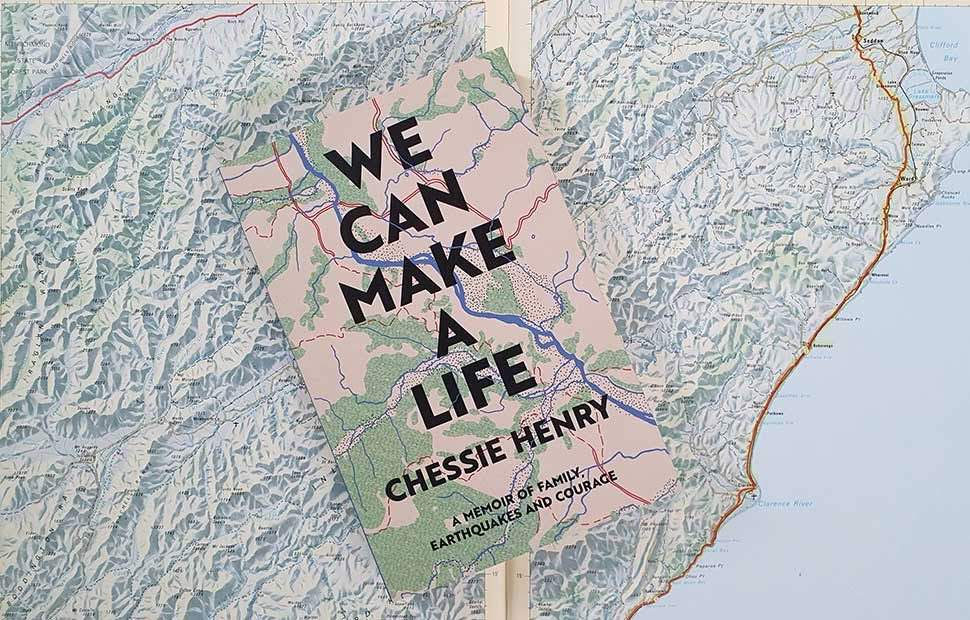
We Can Make a Life by Chessie Henry, published 2018
“Dad would often come home irritated. Compared to the intense stress and high pressure of his working day, the minute issues of our home life seemed unimportant and draining.”
Having lived in Canterbury through all of the earthquakes, this book appealed. Add to that the story of her father as a rural GP in Kaikōura and I was sold. As a GP myself I was keen to hear his story and when I opened the first page to read it the word ‘burnout’ jumped out at me and I had to see where it was going.
The first book for this young writer is a family memoir. It holds her own experiences as a writer tied in with her family’s life experiences. These are all influenced by her father’s journey through medical school, emigration to NZ and its effect on the whole family as he struggles to mix his long hours at work with raising a family and his call for adventure. It sees them travel to Tokelau as a young family and end up in Kaikōura with him working as a local GP in this small town. His family become enamoured with the landscape and put down deep roots in the countryside, only to find them ripped apart by the 2016 Kaikōura earthquake.
Add to this her father’s inadvertent presence in Christchurch on the day of the February 2011 earthquakes, with his subsequent involvement in assisting with rescue at the CTV building, and it is a story full of so much adventure and action despite its small-town New Zealand roots. Ms Henry intersperses her story with chapters chronicling her experience of writing this book and interviewing her parents to get their stories. It held me firmly fixed from beginning to end. On a personal level, I felt connected to much of this story through the GP experience and the earthquakes and yet this is a book that should appeal to a wide range of readers – a resounding success well worth spending time with.
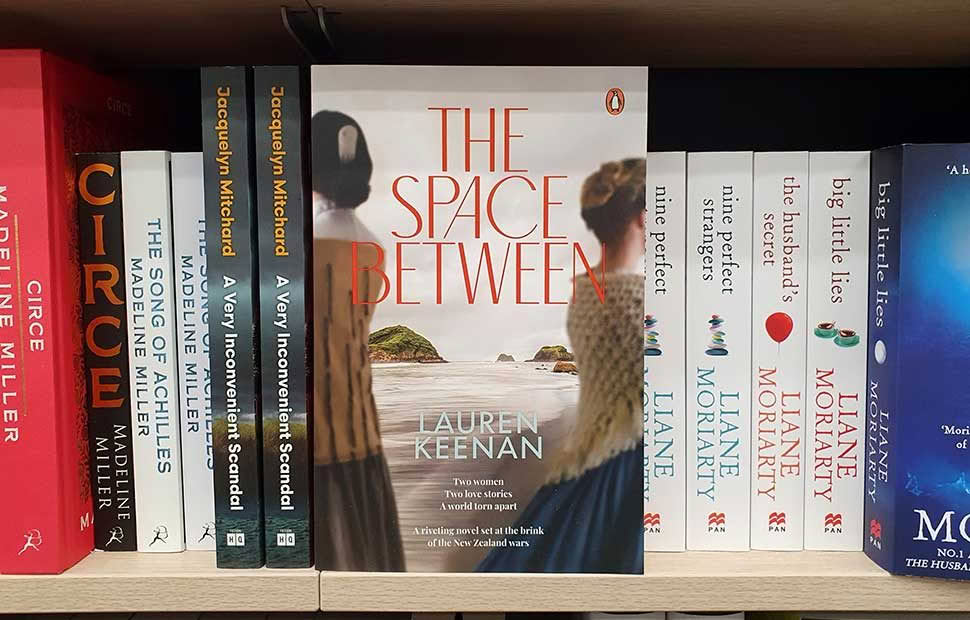
The Space Between by Lauren Keenan, published 2024
“Matāria wasn’t really listening. She stood watching the soldiers below. One boatload rowed to shore, then another, then another. So many men, in New Plymouth. To fight.”
As a sixth-generation European New Zealander, schooled during the 70’s and 80’s, I am ashamed to say how sparse my knowledge has been about New Zealand history. I am hopefully becoming more informed as I read. This new novel went some way to inform me further. It left me curious to read more local history, particularly about the Taranaki Land Wars of the 1860’s.
Written from the perspectives of two women, Frances is an unmarried British woman who comes to the colony of New Zealand with her mother and brother to try to eke out a new life, and Matāria is a young Māori woman of Te Atiawa descent who has returned to her tribe after being enslaved, bringing with her a white husband and two mixed-race children. Told quite simplistically in a linear manner, the chapters alternate between the two women and while providing a narrative of how the wars came into being the book manages to achieve the aim of showing the perspectives of both sides, giving a more personal and human element to the conflict. Peppered liberally with te Reo, some might find it more challenging to follow but the language has its place and if stuck I just Googled it.
I enjoyed this homegrown tale that gave a human face to our shameful colonial past while at the same time reminding us that it is easy for us to judge looking back. What it does remind us is that there was good intent by many on both sides and that interracial marriage, while challenging for those involved, proved that love crossed so many boundaries and has resulted in the interesting society we have today. By giving a human face to that through the characters I feel it also ignites an element of understanding about the racial challenges we still face today and the importance of righting past wrongs through the treaty process we have in NZ. This book certainly allowed me to gain a deeper level of understanding and empathy while enjoying a good story and I feel it is a worthwhile addition to NZ’s literary collection.
Thank you to Penguin NZ for my advanced reader copy and Whitcoulls, Rangiora for allowing me to photograph in-store.

